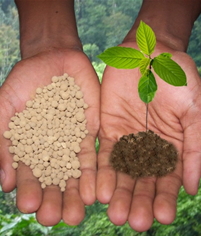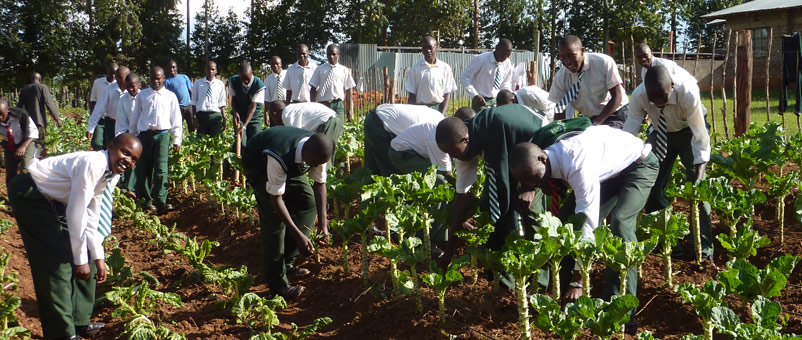“Fertilizers can contribute a lot to human health”, Esin Mete, President of the International Fertilizer Industry Association (IFA), tells Farming First. Drawing attention the role of correct fertilizer use in improving nutrition is one of Mete’s priorities as IFA president.
Naturally, it all starts with the plants, as Mete explains: “When we are planting the seeds we have to make sure all the nutrients and micronutrients are available to the plant. So what we are doing, in fact, by fertilization is feeding the plant instead of the humans.”
Fertilizers can help in areas where soils are deficient in nutrients such as zinc, selenium and iodine. The improved nutrition is then passed on from the plants to the people who eat them, eradicating deficiencies.
The IFA was asked to help develop a fertilizer to help combat zinc deficiency in the soil of Central Anatolia, Turkey. Farmers were approached to allocate part of their land to testing the zinc-enhanced fertilizer.
Mete describes the farmers’ delight at the results: “The wheat [had] already grown 20-25 centimetres where it was fertilized with zinc-enhanced fertilizer. The rest was like a bleak land.” The fertilizer has provided a boost to yields and also to public health.
Watch our video for the full interview with Esin Mete.



